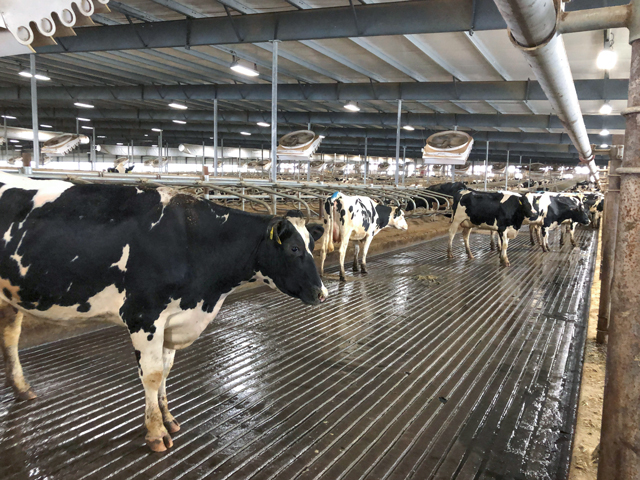Taxlink
CARES Act Tax Changes
These are strange times. Back in January, many of our agribusiness subindustries were poised to have a good year. We reached a trade agreement with China. Milk and cattle prices were strong. There was optimism that agribusiness was slowly climbing out of its long recession.
Fast-forward four months. Commodity prices are depressed. Ethanol plants are reducing production (and subsequently decreasing demand for corn). Schools and restaurants are closed. Agricultural supply chains are shifting. And, there are concerns about the ability to get farm labor and maintain their safety.
The Paycheck Protection Program loan program ran out of funds, but it's expected to receive an additional infusion. There is still a lack of information on Schedule F farmers and generally how the forgiveness calculations will work. Additionally, USDA announced the Coronavirus Food Assistance Program that should provide relief for farmers and ranchers.
With the focus on nontax issues, I wanted to review a few of the tax provisions in the Coronavirus Aid, Relief and Economic Security (CARES) Act.
P[L1] D[0x0] M[300x250] OOP[F] ADUNIT[] T[]
-- The $1,200 stimulus payment to individuals (and $500 per child) is subject to adjusted gross income limitations. This is NOT taxable income.
-- The Required Minimum Distribution rules are suspended for 2020.
-- For 2020, the 10% early withdrawal penalty has been waived for coronavirus-related distributions up to $100,000 from qualified retirement accounts. The distributions will be reported ratably as ordinary income over three years starting in 2020 (unless the taxpayer elects to treat the entire amount as income in 2020). You may recontribute funds to any eligible retirement plan within three years to avoid tax altogether.
-- Regarding cash charitable contributions, 100% of cash contributions can be deducted against gross income (corporations can now deduct 25% rather than 10%).
-- For larger farms (gross receipts over $26 million), the limitation on business interest has been increased from 30 to 50% for 2019 and 2020. There are some other provisions concerning business interest that may benefit larger farm operations.
-- Net operating losses generated from 2018 through 2020 can offset 100% of taxable income rather than 80% and can be carried back five years. This is an opportunity to amend 2018 and 2019 returns to potentially get refunds. There are also tax-planning opportunities regarding the 2020 tax year.
-- Excess business loss limitation has been repealed for years beginning before Jan. 1, 2021. If during the 2018 or 2019 tax years individuals had more than $250,000 single or $500,000 married filing joint in business losses, they should review their tax situation and possibly amend returns.
-- Under certain circumstances, 1031 exchange timelines may be adjusted. If you entered into a 2013 exchange prior to April 1, there may be additional time to identify property or complete the transaction. As 1031 exchanges are complicated, consult your CPA or adviser for additional information.
**
DTN Tax Columnist Rod Mauszycki, J.D., MBT, is a tax principal with CLA (CliftonLarsonAllen) in Minneapolis, Minnesota. Read Rod's "Ask the Taxman" column at about.dtnpf.com/tax. You may email Rod at taxman@dtn.com.
(c) Copyright 2020 DTN, LLC. All rights reserved.




